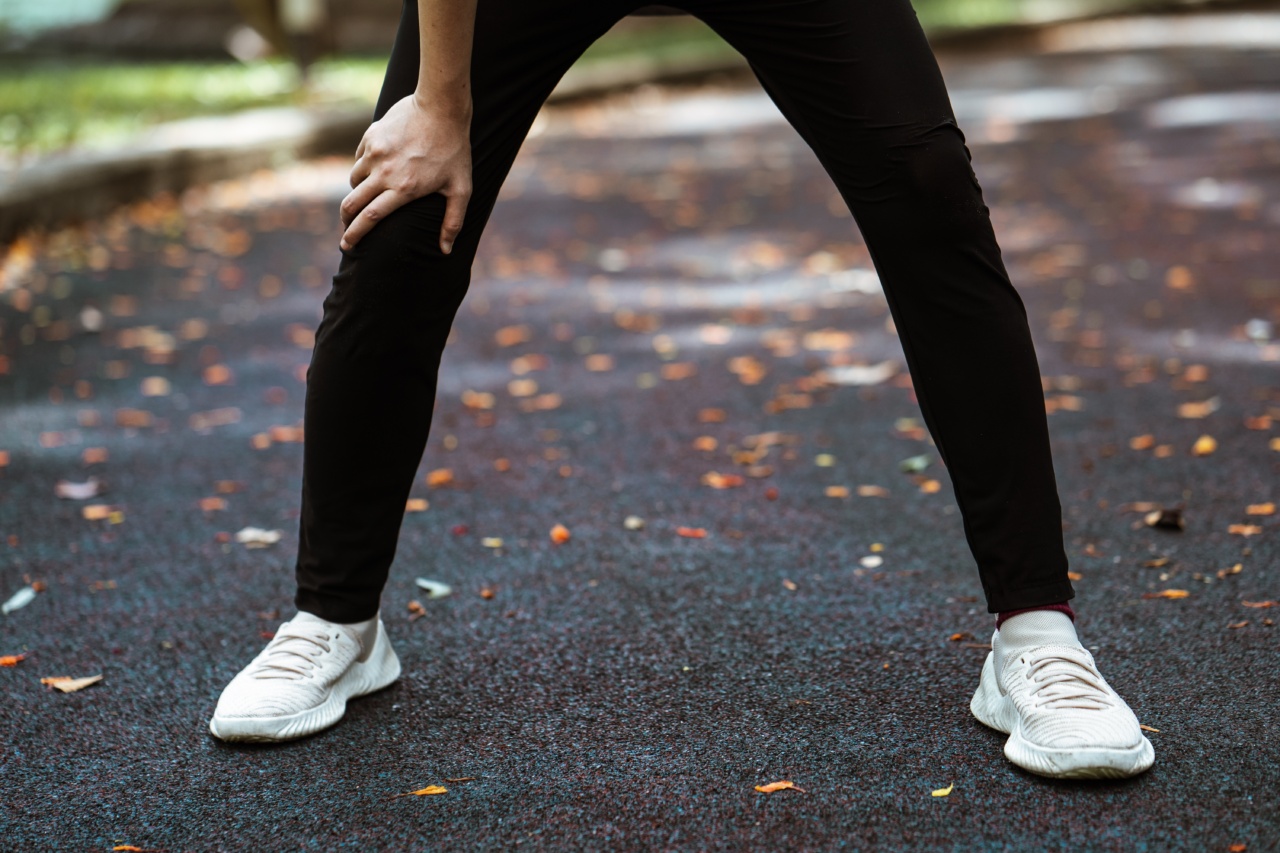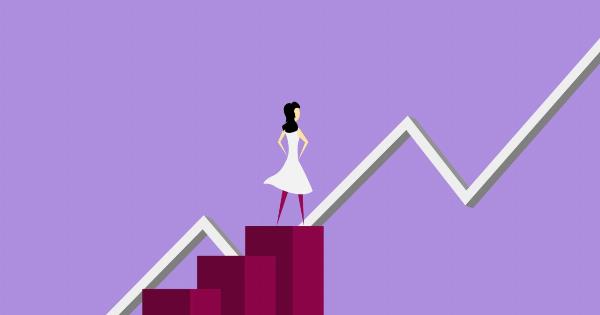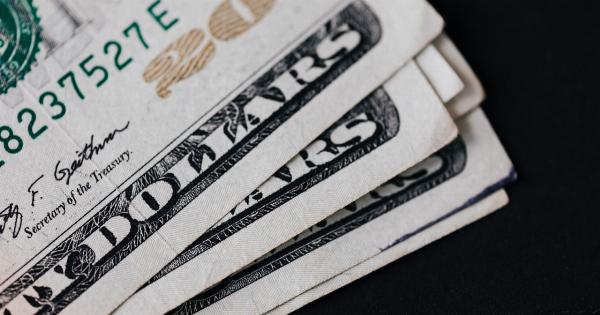An aneurysm is a potentially life-threatening condition that occurs when a blood vessel in the brain weakens and bulges, forming a sac-like formation.
This bulge can put pressure on surrounding tissues and may even rupture, leading to a brain hemorrhage. The road to recovery after an aneurysm can be long and challenging, requiring a multi-faceted approach encompassing medical intervention, lifestyle modifications, and emotional support.
Understanding Aneurysms
Aneurysms are often referred to as “silent killers” as they often go unnoticed until they rupture.
They can develop in any blood vessel, but brain aneurysms are particularly concerning due to their potential to cause severe neurological damage.
Identifying Risk Factors
While aneurysms can occur in anyone, certain factors may increase an individual’s risk. These include:.
- Family history: Aneurysms can run in families, suggesting a genetic predisposition.
- Smoking: Tobacco use weakens blood vessels, making them more susceptible to aneurysms.
- Hypertension: High blood pressure puts strain on blood vessels, increasing the risk of aneurysms.
- Age: The risk of aneurysms tends to increase with age.
- Gender: Women are more likely to develop brain aneurysms than men.
The Road to Recovery
Recovering from an aneurysm involves a comprehensive approach that addresses physical, mental, and emotional well-being. Here are some key aspects of the recovery process:.
Medical Intervention
When an aneurysm is detected before rupture, medical intervention is often necessary to prevent complications and further damage. Treatment options include:.
- Endovascular coiling: A procedure where a catheter is threaded through the blood vessels to the site of the aneurysm. Small platinum coils are then inserted to promote blood clotting and reinforcement of the vessel wall.
- Clipping: A surgical procedure that involves placing a metal clip around the neck of the aneurysm to stop blood flow.
- Flow diverters: A newer technique that involves placing a stent-like device across the aneurysm neck, diverting blood flow away from the bulge and allowing the vessel to heal.
Lifestyle Modifications
Following an aneurysm, adopting a healthy lifestyle is crucial for both physical and emotional well-being. The following lifestyle modifications can aid in recovery:.
- Quitting smoking: Smoking increases the risk of aneurysm rupture and slows down the healing process.
- Maintaining a balanced diet: A diet rich in fruits, vegetables, whole grains, and lean proteins can support overall vascular health.
- Regular exercise: Engaging in moderate exercise, such as walking or swimming, can improve cardiovascular fitness.
- Managing stress: Stress management techniques like deep breathing exercises, meditation, or counseling can be beneficial.
Physical Rehabilitation
Depending on the location and severity of the aneurysm, individuals may experience various physical impairments, such as muscle weakness, difficulty speaking, or problems with coordination.
Physical rehabilitation, including physiotherapy and occupational therapy, can help individuals regain strength and improve their daily functioning.
Emotional Support
The emotional toll of experiencing an aneurysm and its treatment can be significant. It is essential to seek emotional support from friends, family, or professional counselors experienced in dealing with medical trauma.
Support groups can also provide a safe space to share experiences and learn from others who have been through similar situations.
Monitoring and Follow-Up Care
After treatment, regular check-ups and monitoring are crucial to assess the progress of recovery and detect any potential complications.
Imaging tests, such as MRIs or angiograms, may be required periodically to ensure the aneurysm remains stable and not at risk of re-rupture.
Prevention and Long-Term Outlook
While it may not be possible to prevent all aneurysms, certain measures can be taken to reduce the risk:.
- Maintaining a healthy blood pressure: Regular monitoring and management of hypertension is vital.
- Avoiding excessive alcohol consumption: Alcohol can increase blood pressure and weaken blood vessels.
- Using caution with certain medications: Some medications can contribute to the development of aneurysms or their rupture.
- Regular exercise and staying active: Physical activity promotes cardiovascular health.
- Seeking counseling for stress management: Chronic stress can have negative effects on blood vessels.
With appropriate medical care, lifestyle modifications, and support, individuals can lead fulfilling lives after an aneurysm.
Early detection, intervention, and an integrated approach to recovery are vital in navigating the road to recovery successfully.


























